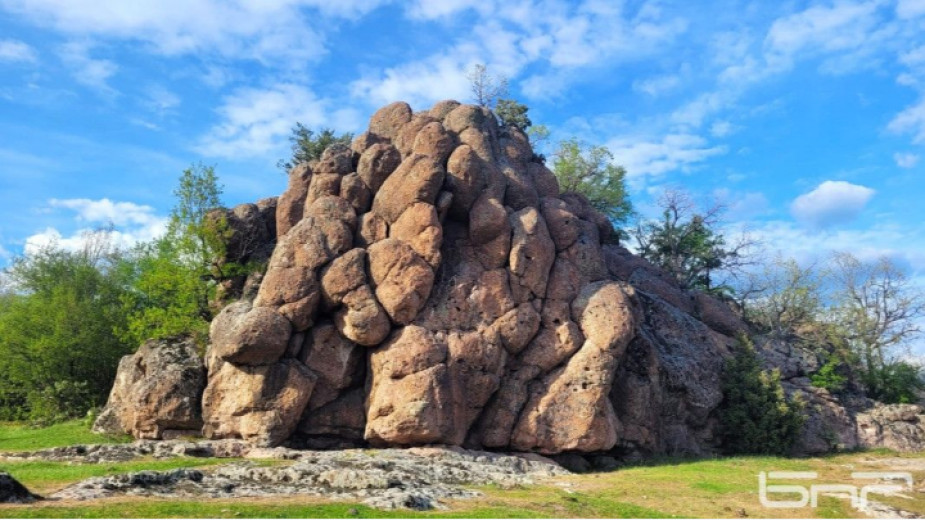 4
4
For the first time, two of the most mysterious archaeological sites in the Eastern Rhodopes have been studied in detail from air. Bulgarian archaeologists scanned the Harman Kaya rock complex near the village of Bivolyane and the ancient Asara fortress near Tatul with the so-called LiDAR, which stands for “laser imaging, detection, and ranging.” The technology uses laser beams to scan the terrain, virtually "clearing" it of vegetation to identify man-made structures and buildings.

Digital aerial surveys shed new light on the millennial history of Harman Kaya - one of the largest rock-cut prehistoric cult complexes in the Eastern Rhodopes. Too little is still known about the site. It includes womb-type caves, rectangular and circular pools, trapezoidal niches, observation decks, and other man-made creations. After the first processing of the images, some new objects were detected, we learn from the head of the study Assoc. Professor Georgi Nehrizov from the National Archaeological Institute with a museum at BAS.
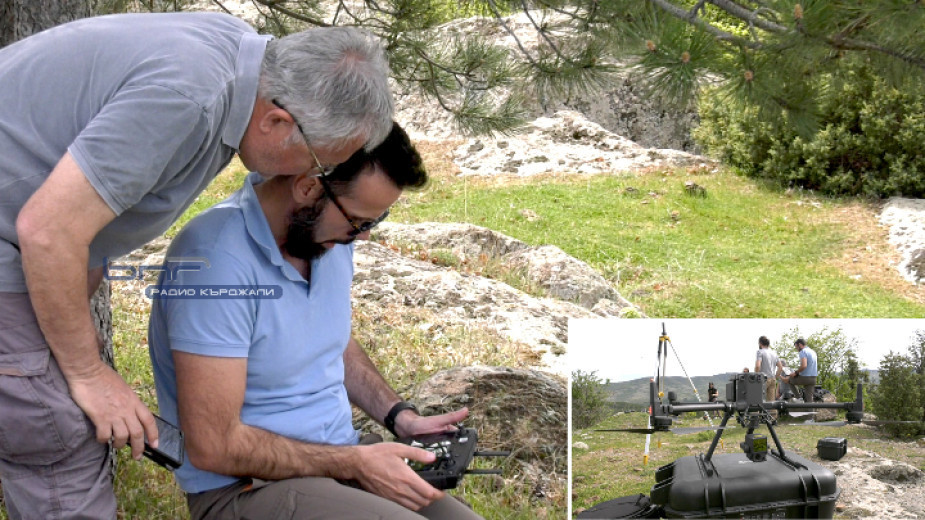
"In a period of the functioning of this place, people began to form different structures - the niches, the platforms, etc. In the central rock group we see structures, very similar to those we know from Perperikon. We have the foundations of a building, you can even see the threshold from where the entrance was, we have shaped stairs, etc. But our goal is to establish the true boundaries of the complex," says Associate Professor Dr. Georgi Nehrizov in an interview with Stanislava Georgieva from BNR – Kardzhali.
According to scientists, Harman Kaya is comparable to Perperikon and may even occupy a larger area. During one of the few archaeological expeditions to the site in the first decade of the 21st century, traces of prehistoric life in the area were also discovered.
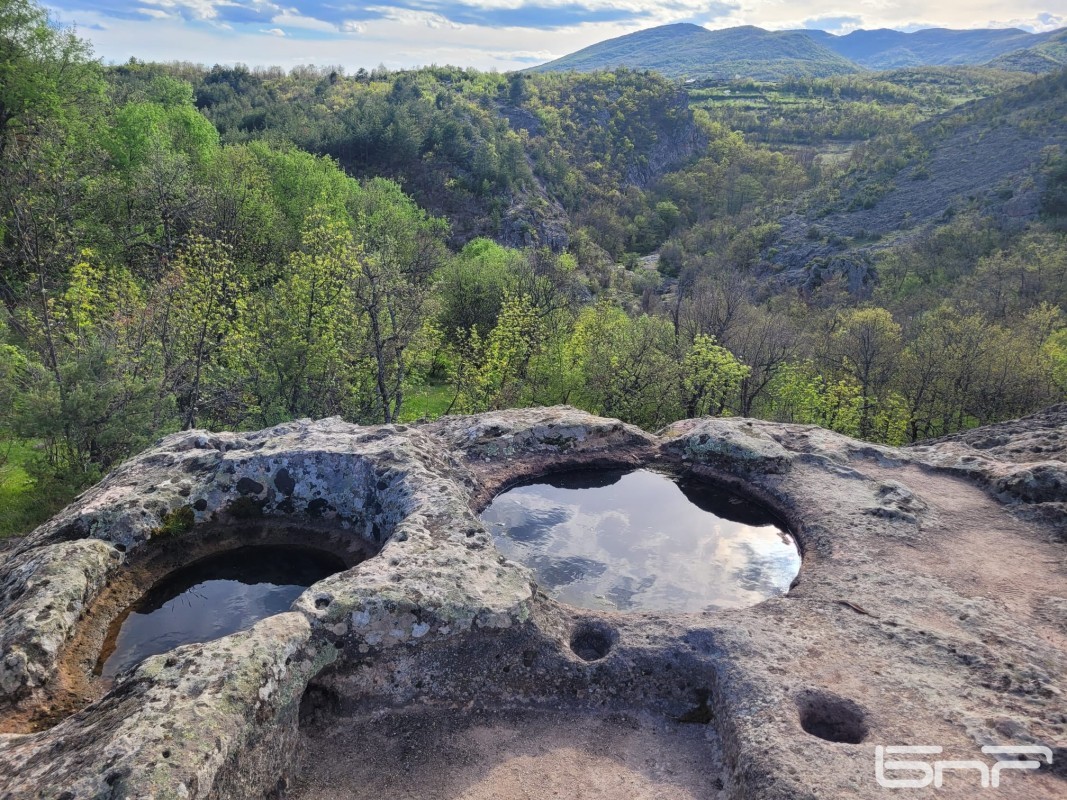
"The fragments of ceramics we found show a much longer functioning. The most common are the objects from the early Byzantine period and late antiquity - from this era we find ceramic objects used in construction and household ceramic vessels. But we also managed to find objects from an earlier period - mainly prehistoric vessels, which confirms the opinion that the place was already functioning at the end of the Chalcolithic Period. However, people continued to cut the rock even later," Associate Professor Nehrizov says.
The most common version about Harman Kaya is that it served the ancients as an astronomical observatory, archaeologist Milen Kamarev from the Regional History Museum in Kardzhali, who took part in the lidar scanning expedition, told us.
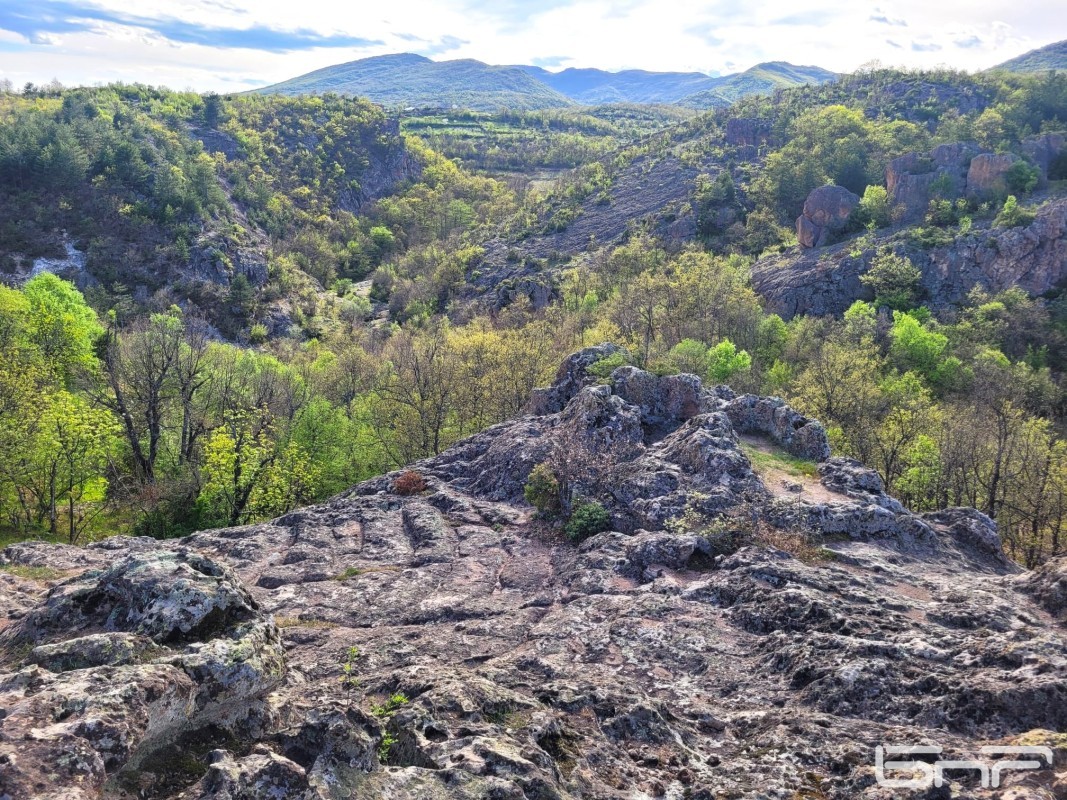
"In the rocks of Harman Kaya, we can see rock-cut rooms. We do not know yet what the function of the cuts was. The site has great prospects for tourism and science and the Municipality of Momchilgrad acted wisely by investing in this research project."
The initial results of scanning the other archaeological site in the area - the Asara Fortress, near the village of Tatul, are also impressive. The site has visual connection with Harman Kaya. When scanning Asara, the lidar detected a fortress wall that was built in the western and northern part of the plateau.
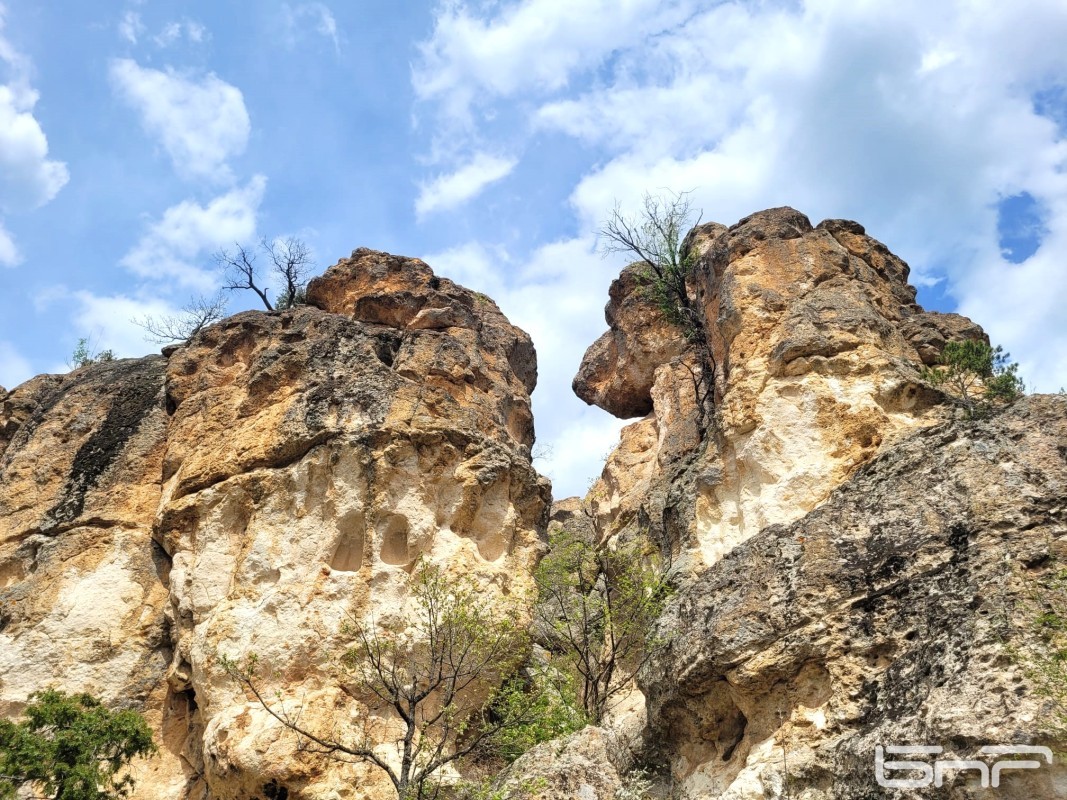
"Unfortunately, not much is known about this site because no archaeological research has been done. What we find on the surface are fragments of pottery that we can probably expect to be from pre-medieval periods. Basically, all similar rock monuments in Bulgaria started functioning in the late Chalcolithic. I hope that we will come across finds from the Chalcolithic," Milen Kamarev says in conclusion.
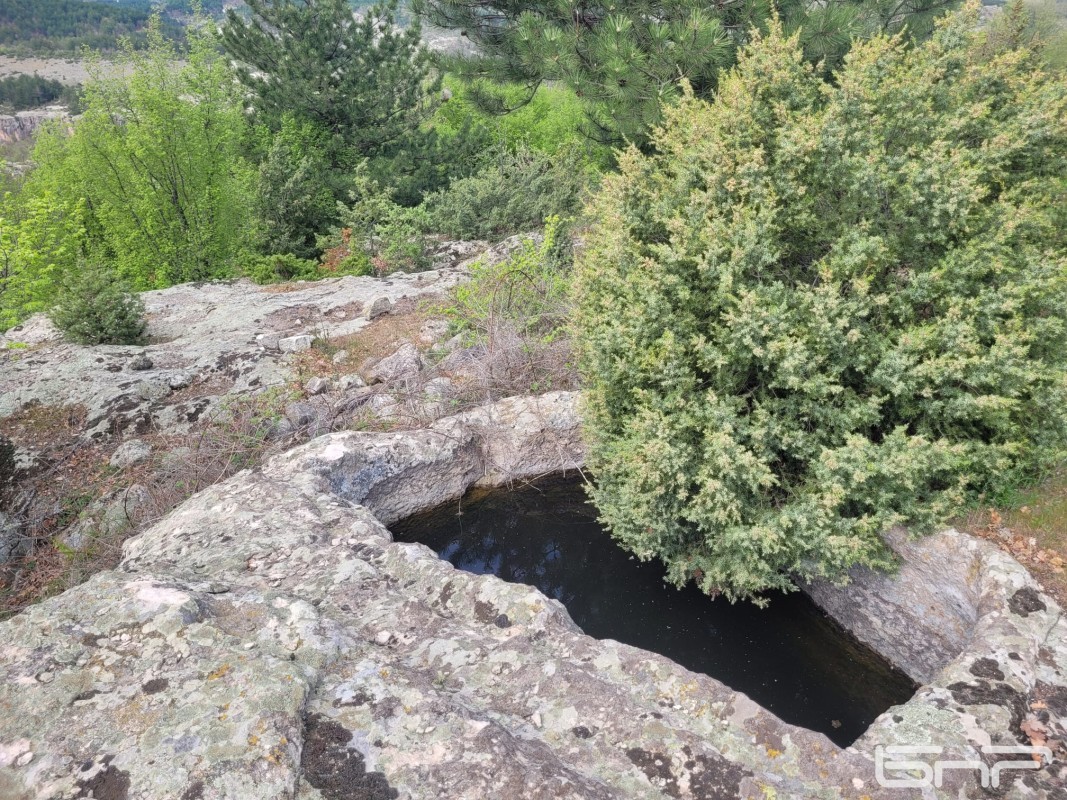
See also: Along the wild paths of Rhodope Mountains
Compiled by: Veneta Nikolova /based on an interview by Stanislava Georgieva, BNR-Kardzhali/
Publication in English: Alexander Markov
Photos: Stanislava Georgieva, BNR Kardzhali
The book "Icons from the National Church Historical and Archaeological Museum" - a huge work of over 500 pages, with more than 700 published photographs and accompanying scientific articles, was officially presented a few days ago. The unique..
A humble military chaplain made his first contact with Bulgaria in 1921, arriving with the mission of searching for Italian soldiers who had disappeared without a trace during World War I. However, he did not remain indifferent to the fate of this small..
Beloslav is a small town on one of the branches of Varna Lake. Yet it is here, in this quiet little town, that the only preserved Bulgarian submarine – Slava – is anchored . It was decommissioned a long time ago, and has now been turned in one of..
The book "Icons from the National Church Historical and Archaeological Museum" - a huge work of over 500 pages, with more than 700 published photographs..

+359 2 9336 661
